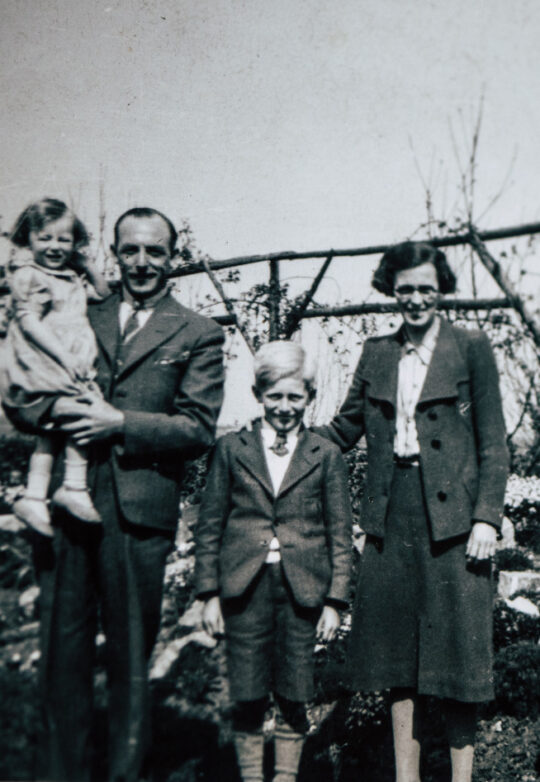A common issue that occurs in preparing applications for Italian citizenship by descent is that of discrepancies amongst the vital records. With some applicants tracing their lineage back to great-grandparents, or even further, problems such as language barriers, illiteracy, poor reporting, or simply wanting to better assimilate into American culture contributed to many names and dates of birth being recorded incorrectly.
Being able to prove your ancestor’s identity—and, therefore, their relationship to you—is crucial in your application for Italian citizenship. Each person’s case is dependent on demonstrating an unbroken line of Italian citizenship from the ancestor who was born in Italy. This is contingent on the ancestor not having naturalized before the birth of the next person in line. All your vital records must show this chain.
While we attempt to correct each discrepancy, the rules differ depending on which state issued the vital record. In some cases only the person named on the vital record can make amendments to his/her name and/or date of birth. Sometimes the process is as simple as mailing in the request and supporting documents to the particular department of health that issued the record, while other times you might need a court order.
In certain cases amending vital records is not possible. For example, naturalization records cannot be changed. Below, we outline the various approaches to take in amending discrepancies and how to proceed to prove your ancestor’s identity when it is not possible to amend vital records.
Documents from the Italian municipality
When the personal information of your ancestor who was born in Italy was reported incorrectly on his/her vital records, one of the easiest approaches to take is to obtain a document issued by the Italian municipality where he/she was from. These documents are known by different names, depending on the Italian municipality, but they are most commonly called positivo-negativo or Certificato di Esatte Generalità. This document certifies that the person was the only individual born there on that day with that specific name or simply that the person on the records is one and the same.
Your ancestor’s Italian birth certificate could also help to amend discrepancies on U.S. vital records. This would depend on the regulations of the state that issued the vital record. The Italian birth record would also need to be apostilled and both birth record and the Apostille translated into English in order to be used in the U.S. The birth record can then be sent to the Amendment Division of the Department of Health to correct the discrepancy.
If there is an instance in which a birth certificate cannot be found for your Italian ancestor, you could see if the church in your ancestor’s comune holds a copy. Often, in the past, the Catholic Church maintained such records. Another place that might have a second copy would be the state archives or courts. It is important to note that while other church documents, such as a baptism record, could be useful as supporting documents for amendments (more on that below), they will not be accepted in place of birth records except in the rare instance that the comune’s registry didn’t exist when your ancestor was born.
One and the Same court orders
A more complicated route, and one that should only be taken if the above isn’t an option, is to request a formal court order. This is a choice when the discrepancies are so serious or so many that the individual is nearly unrecognizable, and the supporting documents aren’t enough. It also requires the aid of an attorney practicing in the state where your ancestor lived. However, not every state offers this document, and even those that do follow different procedures. The document can also be quite expensive.
Supporting documents
Finally, there are various supporting documents you can obtain to support your requested amendment(s). These include the aforementioned church records, such as baptism, confirmation, and marriage certificates, a social security numident, census records, or draft cards. While these documents cannot replace vital records, they can be useful for verifying your ancestor’s identity. Depending on state regulations, your amendment might be as simple as mailing in a request and one of these documents to the office that issued the vital record.
In searching for vital records and supporting documents, it is important to be aware of namesakes. Always check other details on the documents to verify your ancestor’s personal details. Birth place, birth date, parents’ names, relatives, profession and addresses reported on census records can be very helpful when there are doubts about your ancestor’s personal information. Ship manifests and Ellis Island records, which include the city of birth or last place of residency, destination age, and contact(s) in the U.S., can also be useful tools to confirm ancestor’s identity.
Conclusion
This article has sought to briefly explain the various ways you can prove your ancestor’s identity by correcting discrepancies found in your vital records. This can be quite a complicated process, especially when dealing with documents issued in Italy, which is why we’re here to help. Don’t hesitate to contact us at [email protected].

